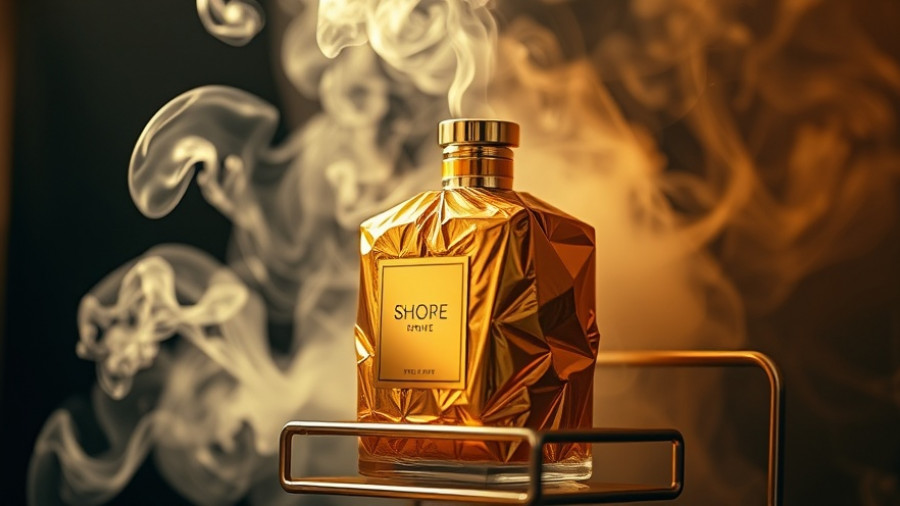
The Lipstick Index: A Dual Perspective on Beauty Resilience
The lipstick index—originally coined by Leonard Lauder—has long been a bellwether for consumer behavior in the beauty industry. As highlights the late industry magnate, this concept suggests that during economic downturns, sales of affordable beauty items, particularly lipsticks, tend to rise as people indulge in small luxuries. Recent commentary has sparked contention over the relevance and accuracy of the lipstick index in today's market, especially following Lauder's passing. Reports indicate that while some perception points to a decline in the beauty sector, the reality tells a more complex story.
Understanding Consumer Behavior in Tough Times
Recent predictions from McKinsey & Co. project a steady 5% annual growth in beauty sales worldwide through 2030. This reveals a nuanced picture wherein the industry, despite a slowdown from earlier robust growth, is not facing extinction. It seems that the beauty sector's narrative is transforming to fit contemporary expectations. Interestingly, sales of lip oils and balms actually rose by 18% in the first quarter of this year, hinting that consumers are still seeking those little indulgences, the essence of the lipstick index.
A Changing Marketplace: From Lipstick to Lip Balms
While lipstick sales have indeed seen a decline, falling by 15% in early 2023, this doesn't spell disaster for the industry as a whole. Many argue that the lipstick index shouldn't be limited to just lipstick; it's an indication of how affordable luxury items can flourish, even in tighter economic times. The newfound preference for lip oils and balms showcases how consumer desires shift, adapting to new trends while maintaining the spirit of indulgence.
Reassessing the Lipstick Index: A Broader View
Industry experts like Larissa Jensen of Circana emphasize that consumer behavior is evolving. Social media amplifies beauty trends, often creating a sense of urgency or FOMO (fear of missing out), which keeps beauty at the forefront of consumers' minds. As Nuñez argues, beauty is remarkably resilient and continues to provide essential joy, even amidst economic constraints.
Predictions for the Future of Beauty
With various reports suggesting potential dips in certain areas, the beauty industry's flexibility and consumer adaptability shine through. It can be anticipated that beauty, as an industry, will rapidly pivot in terms of product offerings to cater to emerging consumer preferences. This change reflects a larger trend in the marketplace where sustainability meets luxury, catering specifically to the conscientious consumer.
The Emotional Connection Behind Beauty Purchases
Ultimately, beauty offers more than just a product; it's rooted in the emotional connections individuals have with their self-care routines. In challenging times, brands that successfully tap into emotional wellness and empowerment will likely thrive. This is the core of the lipstick index's enduring relevance—small pleasures that nourish the soul during life's ups and downs.
As consumers navigate the evolving landscape of beauty, it’s clear that indulgence remains an integral part of their purchasing decisions. Understanding and adapting to these shifts may provide brands with a pathway to resilience, ensuring they remain relevant no matter the economic climate.
Call to Action: Explore how beauty can become a source of joy in your everyday life, and consider trying new products that make you feel empowered and beautiful, no matter the circumstances!
 Add Row
Add Row  Add
Add 




Write A Comment